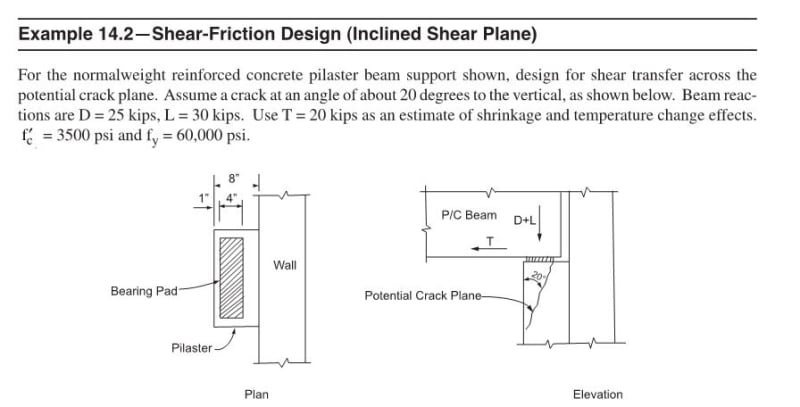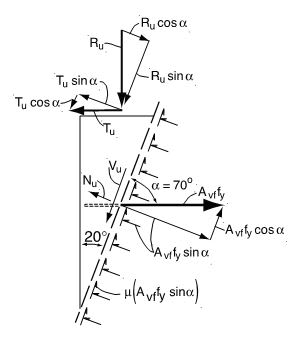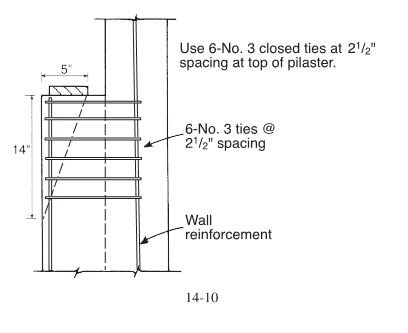Hi,
In a high rise building, A stepped column(offset column) is formed like shown in the attachment. The lower column section is reducing it's length by 33% to rise above a particular floor(at 6th floor of the 48 storey building). I would like to know whether any bursting effect will occur at the end block of the lower column due to this transition & any guidance of how much transverse reinforcement is required to resist this bursting. thanks in advance
In a high rise building, A stepped column(offset column) is formed like shown in the attachment. The lower column section is reducing it's length by 33% to rise above a particular floor(at 6th floor of the 48 storey building). I would like to know whether any bursting effect will occur at the end block of the lower column due to this transition & any guidance of how much transverse reinforcement is required to resist this bursting. thanks in advance



